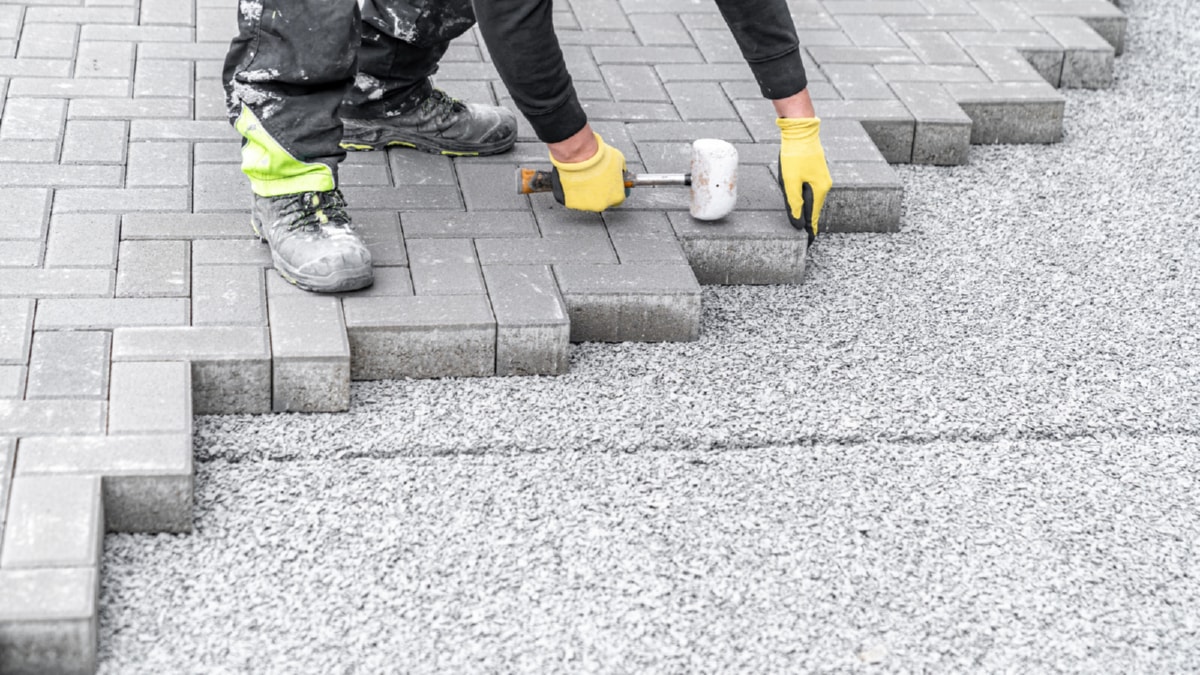Sustainability has ceased to be a mere buzzword in the modern construction industry. It has evolved into a survival necessity. As environmental awareness and concerns about climate change become increasingly prevalent, the construction industry is compelled to adapt and transform. The adoption of sustainable practices is no longer an option but a requirement that significantly influences the industry’s future.
The global construction industry is responsible for almost 40% of the world’s carbon emissions, further emphasizing the need for sustainable practices. Sustainable construction refers to the use of processes and structures that are environmentally responsible and resource-efficient. It takes into account every stage of construction, from planning and design to construction, operation, maintenance, renovation, and demolition.
Sustainable practices in construction encompass several critical areas. First, the choice of building materials greatly influences sustainability. Using recycled and locally sourced materials can significantly reduce the environmental impact. Moreover, materials like bamboo, recycled steel, and rammed earth are not only sustainable but also lend themselves to innovative design possibilities.
Another key area is energy efficiency. The integration of renewable energy sources like solar panels and wind turbines can help minimize dependence on fossil fuels. Additionally, the adoption of energy-efficient appliances and smart systems for lighting and heating can contribute to lowering energy consumption.
Water efficiency is also integral to sustainable construction. This can be achieved through effective water management systems, rainwater harvesting, and the use of low-flow fixtures and appliances.
Waste management is another vital aspect of sustainable construction. Efficient waste management plans focusing on recycling and reducing waste to landfill can significantly reduce the industry’s environmental footprint.
While these are some of the primary areas, sustainable construction also involves considering the building’s entire lifecycle. Lifecycle assessment helps identify opportunities to reduce environmental impact throughout the building’s lifespan, from construction to demolition.
The benefits of sustainable construction are manifold. Apart from the obvious environmental benefits, it also offers economic and social advantages. Sustainable buildings are generally more energy-efficient, leading to lower operating costs. They also provide healthier living and working spaces, contributing to improved productivity and well-being.
However, despite these benefits, the adoption of sustainable practices in construction faces several challenges. These include higher upfront costs, lack of awareness and expertise, and regulatory hurdles. However, these challenges can be overcome with policy support, increased awareness, and capacity building.
In conclusion, implementing sustainable practices in modern construction is not just an environmental imperative but a survival necessity for the industry. It holds the key to addressing some of the most pressing environmental challenges while also offering significant economic and social benefits. As the world grapples with the realities of climate change, the construction industry must rise to the occasion and play its part in the transition towards a more sustainable future.
For more details, check best masonry services or visit their business listing here.



